Each death we experience before our own marks us in its own way, but there is a special anguish when death silences a young life, one that should have held so much more growth, experience, and expression.
When I first came to Northfield, in 1985, I was fortunate to meet several times a student–a very gifted visual artist who worked part-time in the publications office, one floor down in Leighton Hall from my own office. Jennifer Anne Bonner, daughter of Robert E. Bonner, (of Carleton’s History Department) and Barbara Bonner (author, editor, and book seller) and sister to Tim Bonner, was a member of the Carleton class of 1989. My brief interactions with her on campus–and Barbara’s stories of her–dovetailed into my impression of a young woman filled with a zest for life. Born with congenital heart problems, she died following an unsuccessful heart transplant operation on December 16, 1988. She was just twenty-one years old, but she had lived every one of her years with a keen awareness of the wonder and fragility of life.
In January 1989, the month after she died, I wrote this elegy for Jenny. It was my attempt to convey the classical three-part structure of traditional elegy–general lament, specific praise for the deceased person, and consolation for the living–in a way that honors Jenny’s spirit as an artist and her continuing place in this community.
Triptych
for Jennifer Bonner
I. The River
I listen daily for death, that great door slam,
to echo through the house of the body.
I know that a wild silence is coming,
without echoes to tell me what I am.
The dissolution of the blood and bone
does not come easily or slow enough,
(despite its long unfolding over years)
to catch the shape and color of our tears.
Tears fall abundantly from us all,
a slow-motion plummeting waterfall.
The water in the body seeks to join
a common cascade, like a silver shawl
flung on a chair back, like a brook’s quiet song.
The river that our dreams travel nightly along
towers finally over our heads, fills our ears,
and rages into silence, smashing fears.
When the wind has custody of the breath,
trembling sweetens into the roar of death.
All coalesces into one loud slam –
and the I dissolves to discover the am.
II. Halloween Costume
Above my desk this photograph of you is
hung in all your glory. Real gloria.
A strand of tiny electric lights winds about
your slim body, Jennifer. Your right hand,
like the nightly pulse of the lighthouse,
flashes light back at the camera lens while
your arms create your own, hard-won halo.
That October, while you contemplated your heart,
not knowing if it would last, you remembered to live
in the moment. And so for Halloween you became
One Thousand Points of Light, scoffing at a candidate’s
rhetoric but also redeeming it, flinging
a constellation of courage against the growing dark.
III. Saying Grace
Just this:
despite your father’s daily grief,
your mother’s bent head,
your empty place at the table still
nourishes us
like bread.
Leslie Schultz
A short time later, the family and friends of Jenny worked with Carleton College to create a sculpture garden in front of Boliou, the art and art history building where she flourished. Designed by Carleton faculty member and sculptor Ray Jacobson, the Jennifer Bonner Memorial Garden balances the sense of time and timelessness, the intertwined mysteries of nature and art, that reflect Jenny’s own spirit. Below are a few photographs I took this past week.
Included on the memorial stele is the epigraph Succisa Virescit, two words drawn from the ancient art of viniculture and encapsulating the mystery of transformation. Translated literally, it reads “Having been cut down, it flourishes.” Referring to the literal cultivation of a grape vine by careful and timely pruning, it also suggests the ways in which we each flourish non-corporeally–in art and memory and cherished forms and images and shared stories–long after death cuts short our life.
For me this offers a cold, but very real comfort.
Leslie

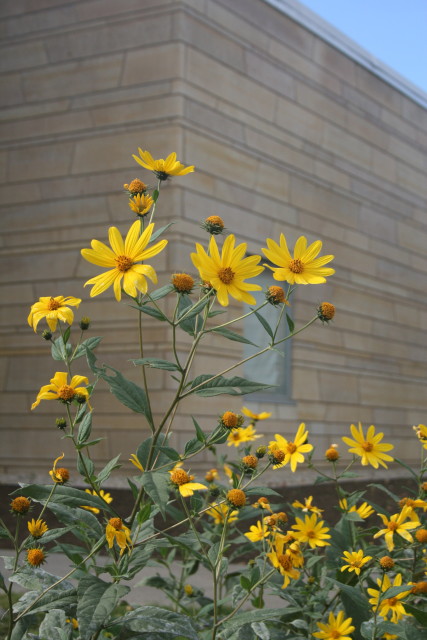
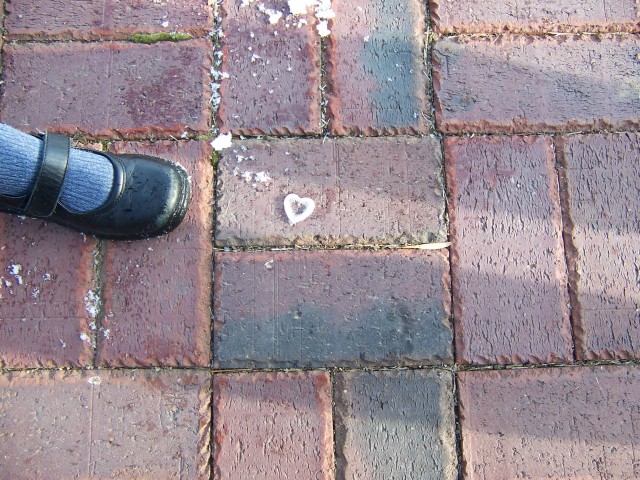
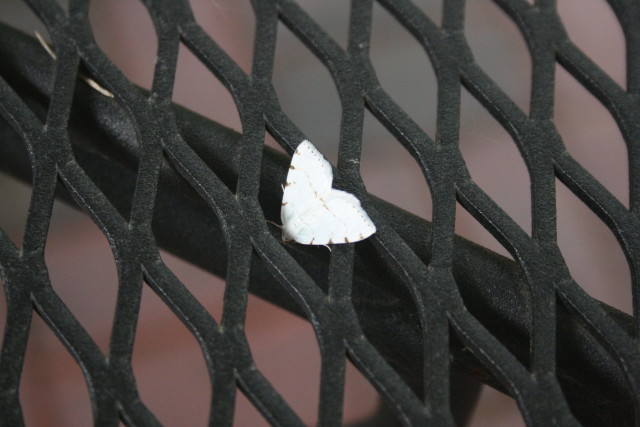
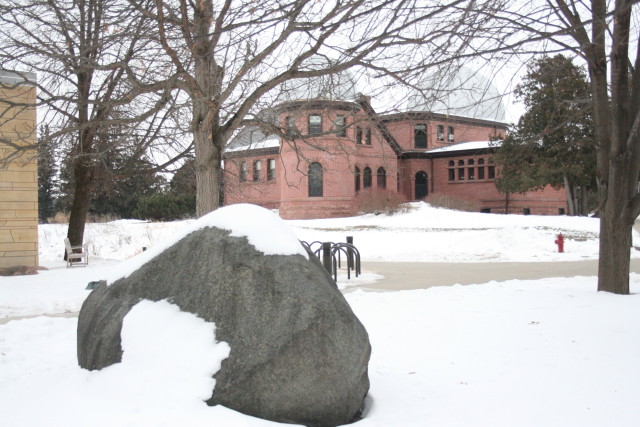
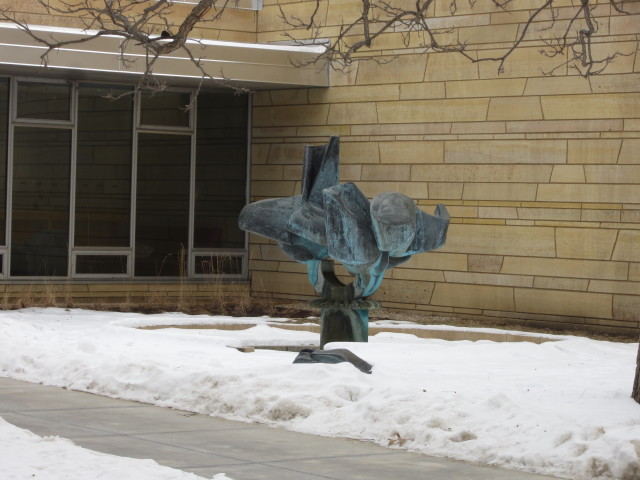
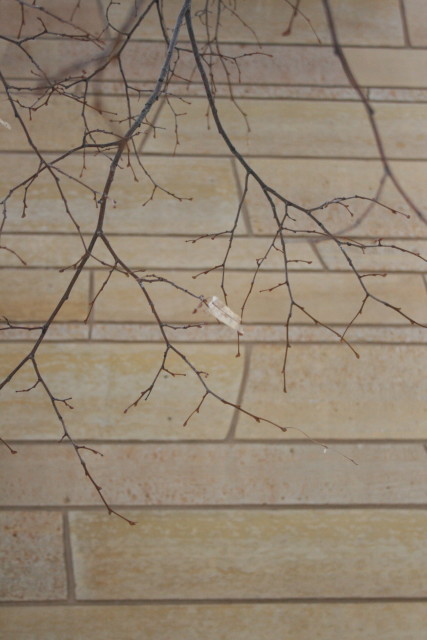
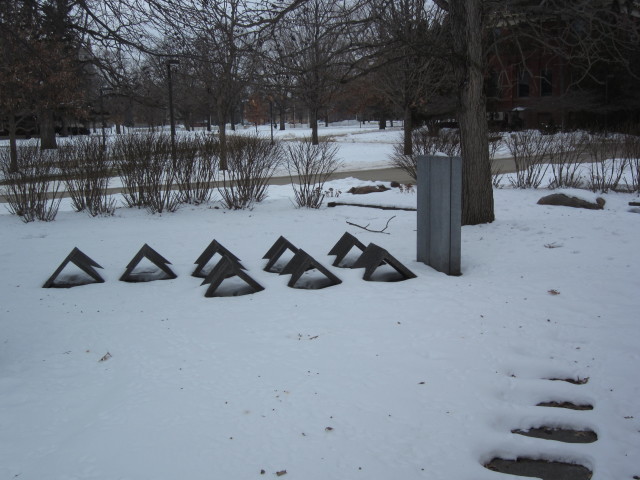
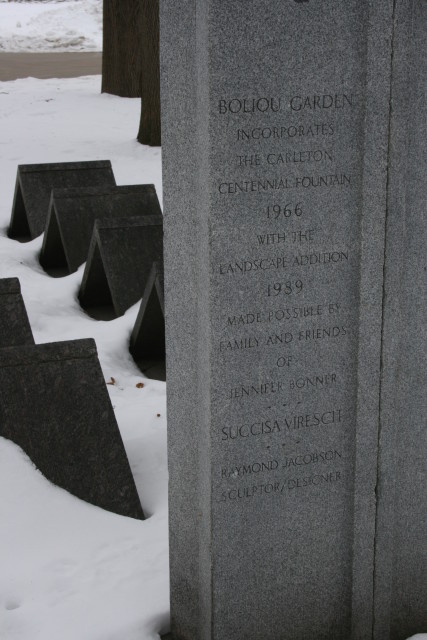
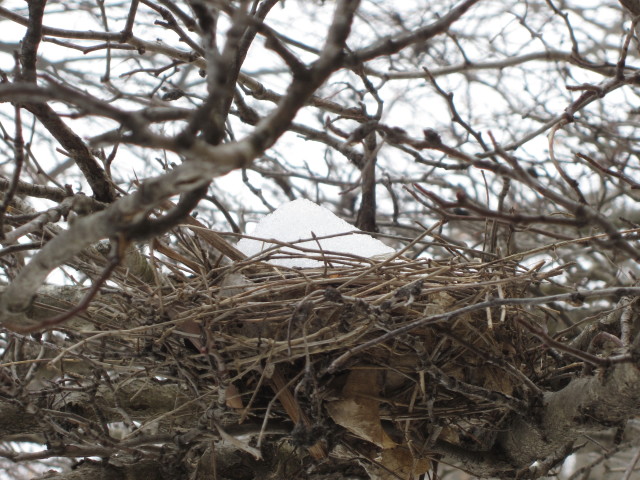
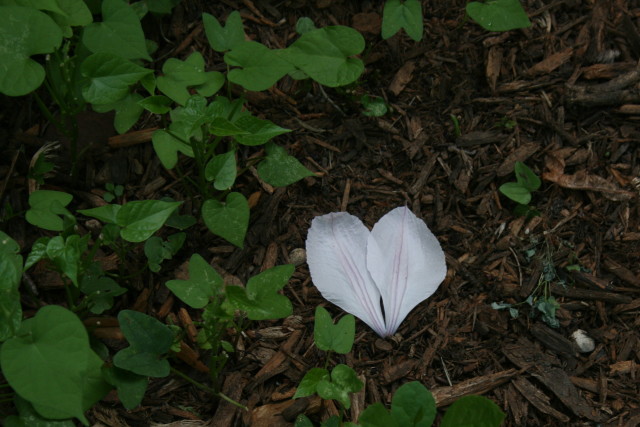
Thank you for sharing your memories, Beverlee. I am very moved by how you relate the effect the angle of the sun at that time of year and how it affects you all these years later. I truly believe that these are the threads of meaning that carry us forward.
Yes, I knew Jennifer Bonner. She was working in the Business Office where I worked during winter break when she got the call that a heart was available.
Even now every year when the sun starts to get low in the sky so early in the evening I think of Jennifer. Her Dad, Bob Bonner, told me a person was blinded by the low sun and that caused the car accident that lead to the heart being available. We all liked Jennifer and were excited that she was getting a new heart. We were crushed when the surgery was unsuccessful and we lost Jennifer. Thank you for your touching tribute.